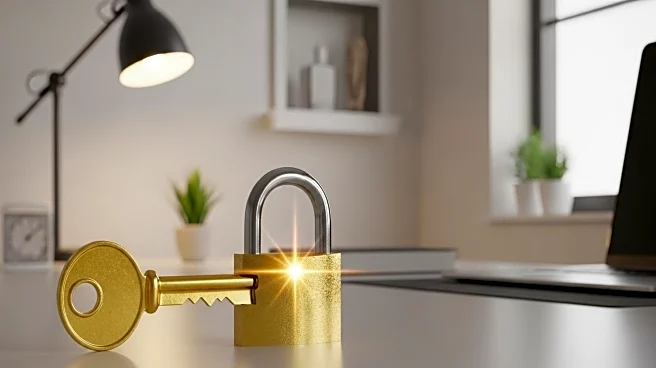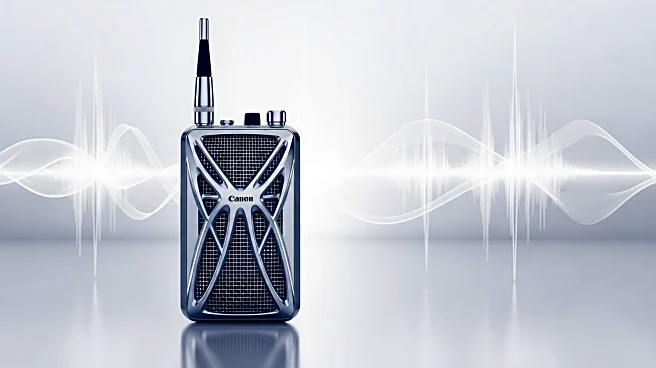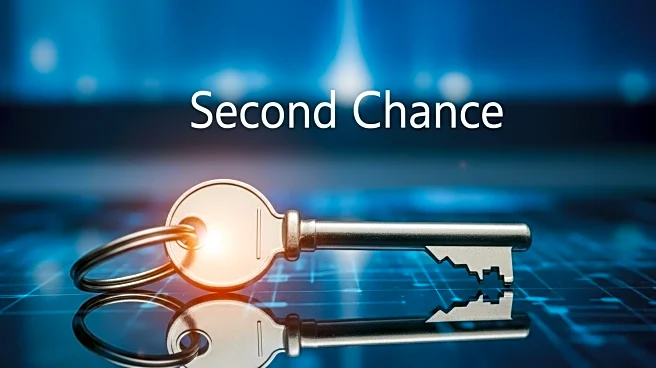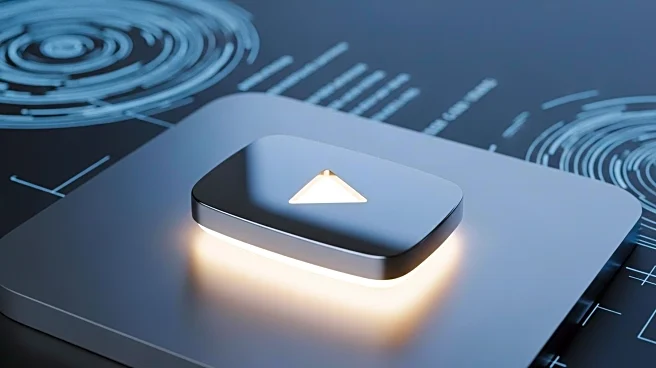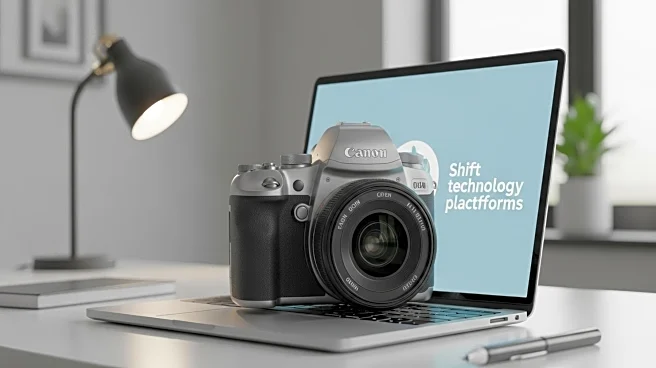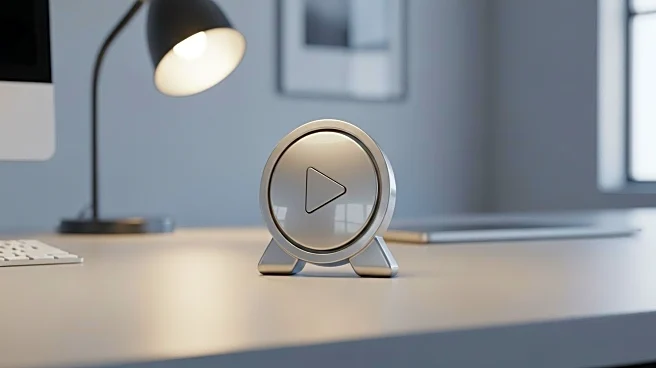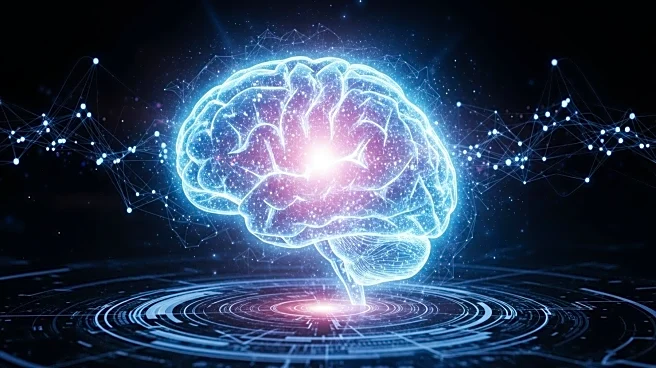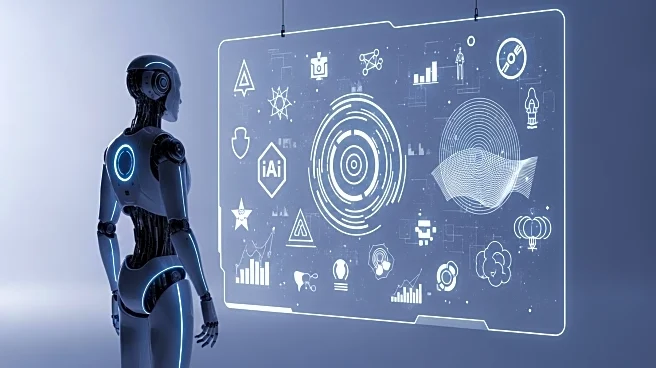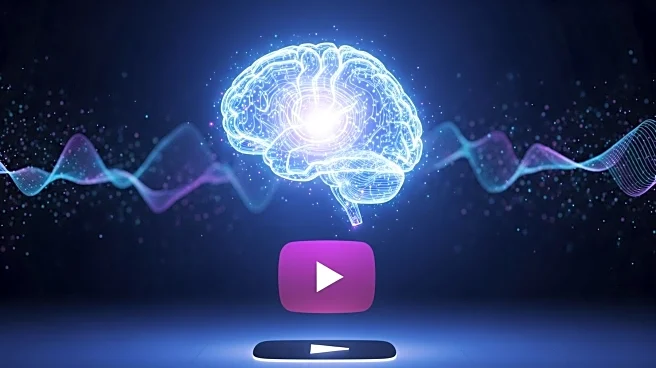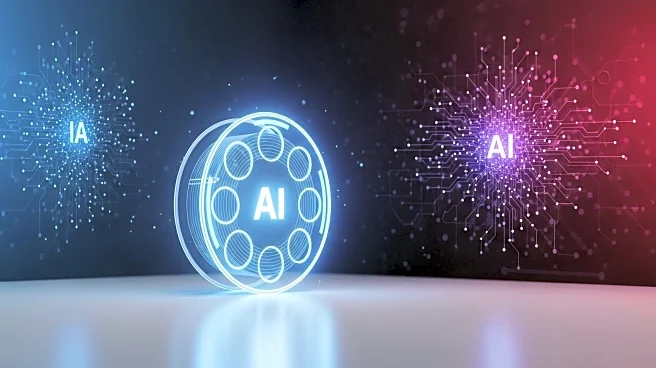What is the story about?
What's Happening?
YouTube has announced a new pilot program that allows creators with permanently banned channels to apply for reinstatement. The program, revealed on October 9, 2025, is designed to offer a 'second chance' to creators who have been banned for over a year, excluding those removed for copyright infringement or violating the Creator Responsibility policy. YouTube will review applications individually, considering the severity and persistence of past violations. The initiative aims to address creator criticism over permanent bans and provide a controlled path to redemption.
Why It's Important?
This development is significant as it reflects YouTube's response to growing criticism from creators regarding the lack of redemption options for banned channels. By offering a structured path for reinstatement, YouTube is acknowledging the evolving nature of content creation and the need for flexibility in its policies. The program could impact the platform's community dynamics, potentially allowing previously banned creators to contribute positively and diversify content offerings. It also sets a precedent for other platforms in handling bans and creator relations.
What's Next?
As the program rolls out, YouTube will monitor the impact of reinstating banned creators on the platform's community and content quality. The company may refine the program based on feedback and outcomes, potentially expanding eligibility criteria or adjusting review processes. Creators and industry observers will be watching closely to see how this initiative influences YouTube's reputation and creator engagement.
Beyond the Headlines
The program raises questions about the balance between accountability and forgiveness in digital platforms. It challenges the notion of permanent bans and suggests a shift towards more rehabilitative approaches. The initiative may influence broader discussions on digital rights, platform governance, and the ethical considerations of content moderation.
AI Generated Content
Do you find this article useful?
